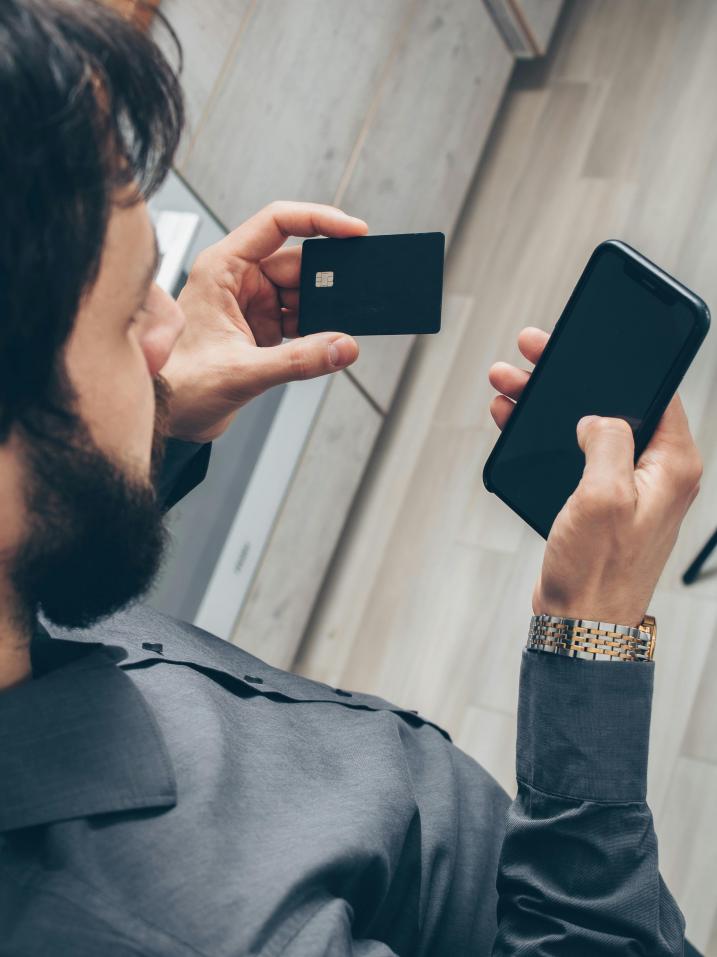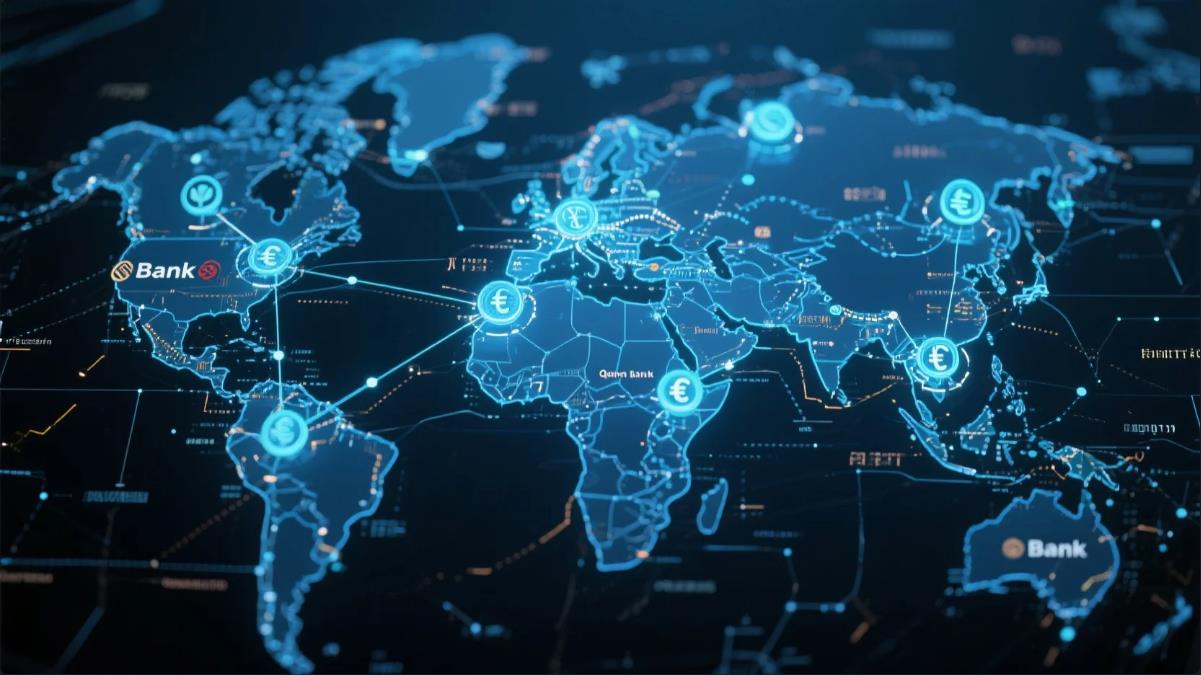For almost 20 years, mobile technology has permeated many parts of daily life. Mobile banking, once a service for only the customers who were both wealthy and comfortable with technology, is now a tool that millions of people in the world use to manage their money. The access it provides to otherwise unavailable financial services makes it a key player in the movement toward financial inclusion. As financial products and services become accessible to more and more people, the term "mobile banking" increasingly refers not just to a high-tech way to do online banking, but also to a method of reaching the population at the bottom of the global wealth pyramid.

Mobile Banking
Performing financial transactions using mobile devices like smartphones and tablets is exactly what mobile banking is about. It allows clients to accomplish such things as checking account balances and paying bills through the use of either mobile applications or SMS services.For tasks that are more complex, like applying for a loan or managing investments, customers can use mobile banking—but there's that caveat about mobile banking's being good for simple.
At first, mobile banking was just mobile. It was basic, allowing users to receive text notifications about their account activities. But then came smartphones, and with them, a new world. The mobile banking app started to take off. Today, we have all of these services right here that are similar to what you see at a traditional bank.

The Growth of Mobile Banking
Mobile banking is being adopted very rapidly, pushed by new technologies and the penetration of smartphones around the world. Recent worldwide reports say that billions of people now use mobile banking services, and the numbers seem to only be going up. The world’s banks and financial institutions see this as a way to extend their services and cut the costs of reaching customers.
In countries at all levels of development, mobile banking has emerged as a favored means of handling monetary matters. In the advantageous setting of a developed market, it serves up the kind of unfettered ease and swiftness with which one might hope to manage personal finances. In contrast, when framed in the context of a developing region, mobile banking presents a lifeline to people who have heretofore mostly been left out of any kind of formal financial system.
Mobile Banking and Financial Inclusion
Mobile banking is one of the most important forces pushing for financial inclusion today. More than 2.5 billion adults around the world are unbanked or under-banked and therefore lack access to even the most basic financial services. Mobile banking primarily—and in many cases, exclusively—serves the poor and rural population. This novel and much cheaper delivery mechanism has made the World Bank's goal of achieving full financial inclusion possible for the first time.
Mobile banking is a cost-effective and practical solution to the problem of limited access to financial services. Traditional banking infrastructure is too expensive to build and maintain, leaving millions without the means to access banking. Mobile banking could serve as a branch-less banking solution.

Conclusion
The development of mobile banking has shook up the financial services business, bringing unparalleled simplicity and adaptability, and it promises to boost financial inclusion worldwide. By breaking down traditional boundaries and giving accessible, reasonable financial services, mobile banking has transformed the financial life of millions. And it retains the ability to bring even more people into the linked, inclusive global economy.







